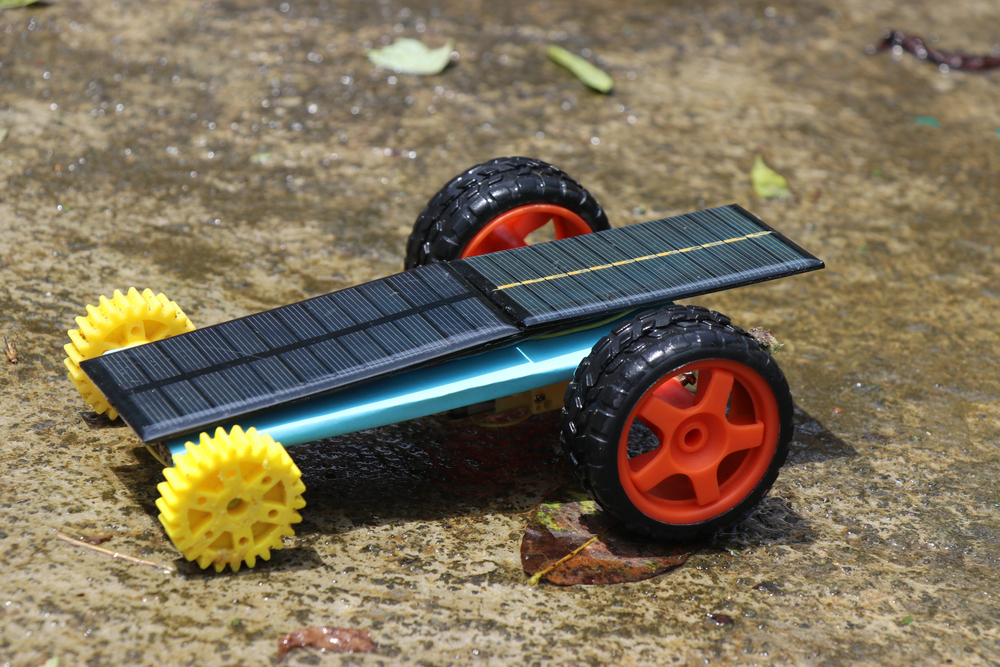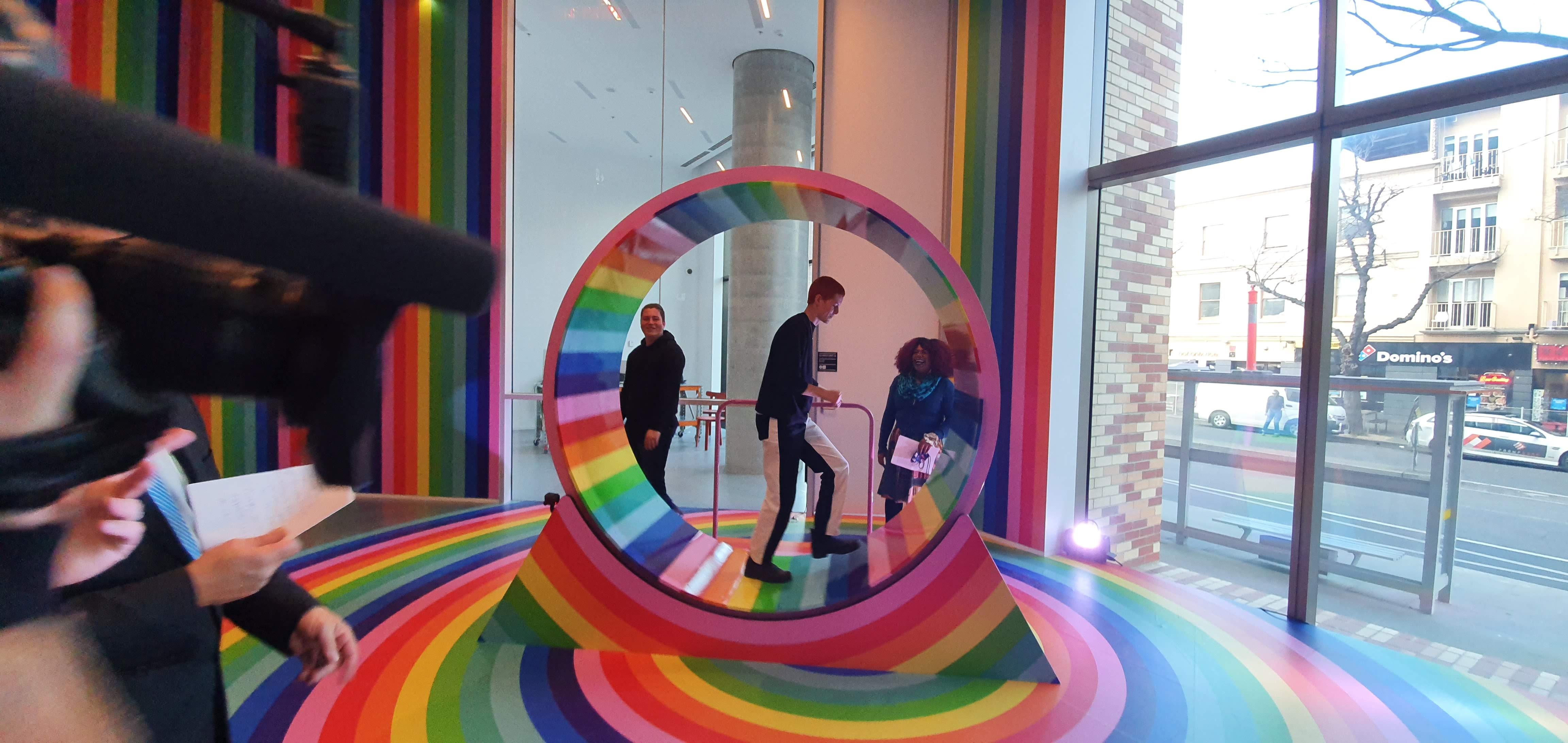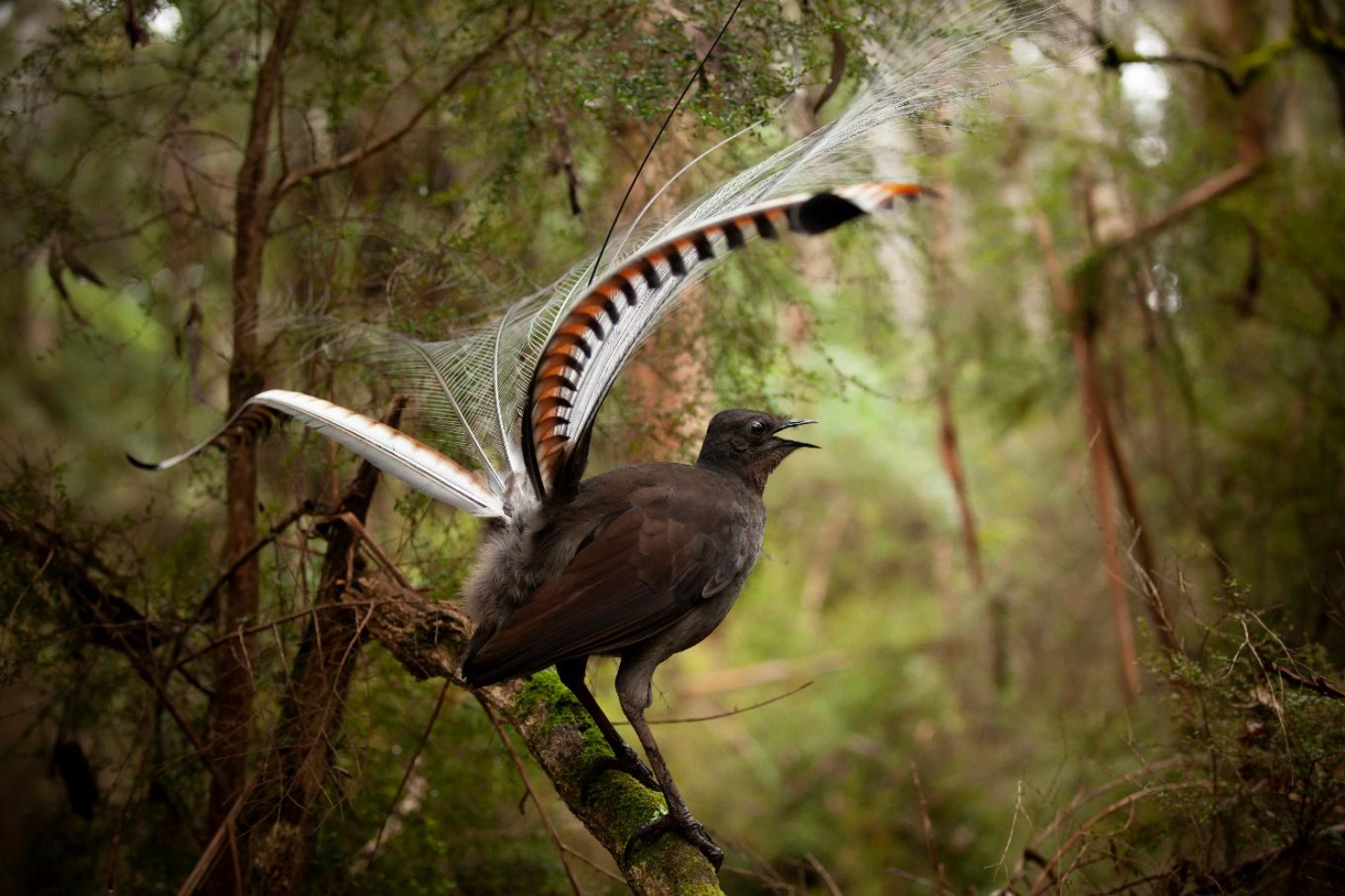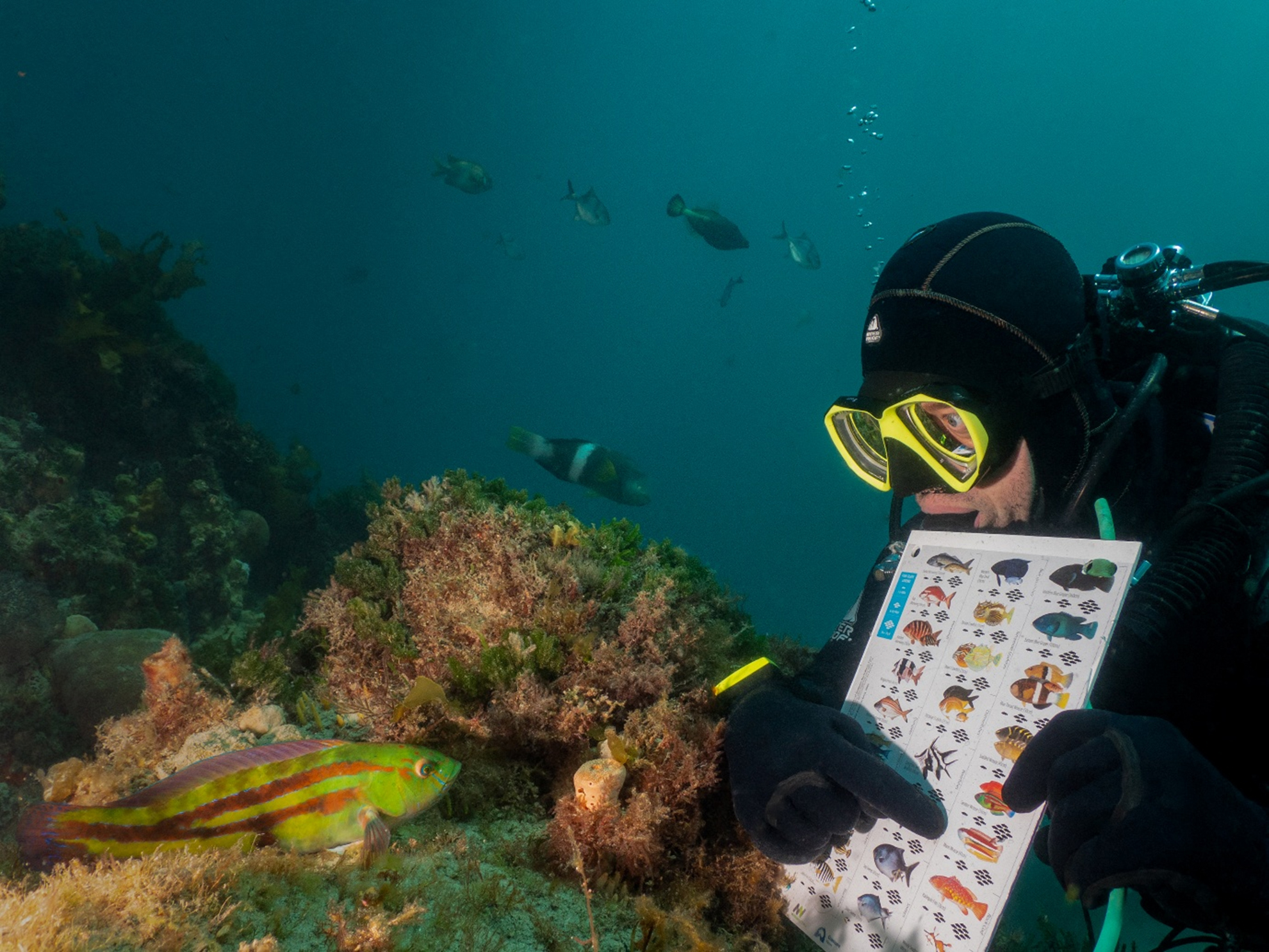
In October 2015, three science and conservation organisations hosted a 2-day symposium in Melbourne, titled Managing Victoria’s Biodiversity under Climate Change. The symposium was organised by the Victorian National Parks Association, The Royal Society of Victoria and The University of Melbourne’sBio21 Institute, and was sponsored by Parks Victoria and the Victorian Department of Environment, Land, Water and Planning.This week sees the launch of a web site at vicnature2050.org as one outcome from that event. It describes 10 positive actions: 10 things we all can do to help natural areas adapt to a new climate. These actions are underpinned by – and in no way replace – the need to reduce greenhouse gas emissions. In technical terms, the 10 actions provide an adaptation strategy that complements the mitigation strategy of reducing emissions.The 10 actions are based on the best available science, as presented at the symposium by leading Australian researchers and synthesised from peer-reviewed papers. Importantly, this science is grounded by comments and feedback from more than 200 conference attendees; many of whom have a lifetime of experience on the land and in the fields of land management and conservation, in both urban and rural areas.

THE NEW AND THE OLD
One surprising outcome – recognised by the scientists and land managers – is that many of the things we need to do to help nature adapt to a new climate are not new.Most of the key actions have underpinned nature conservation and sustainable land management for decades. Things like working with the entire community; controlling threats, weeds and feral animals; creating secure conservation reserves; and enacting sound land-use plans, will always be important. Diverse, intact, healthy ecosystems will always fare better than neglected, damaged ones.However, climate change has catalysed new actions and new ways of thinking about questions like, “which species should we plant in revegetation areas?” We hope this web site triggers more ideas and conversations.

SHARING THE MESSAGE
We want all of these messages to get out in the world, so a set of materials have been created for print, web and social media. The web site at vicnature2050.org describes the background to all 10 actions. Each action is captured in short phrases and images for sharing on social media, especially on Facebook, Twitter and Instagram. We encourage everyone to extend the conversation and to share the messages widely, particularly our RSV members and supporters. Please spread the word.

FURTHER DISCUSSION
For those who do not use social media, you can submit your thoughts, reflections and recommendations at http://vicnature2050.org/#/learn-more/ .You may be interested in further exploring many of these themes and recommendations at the Royal Society of Victoria's forthcoming, one-day symposium, convened with the Bjarne K Dahl Trust on 18 March 2016, titled "Conserving Eucalypts: the Why and the How."
Discover how you can join the society
Join The Royal Society of Victoria. From expert panels to unique events, we're your go-to for scientific engagement. Let's create something amazing.











